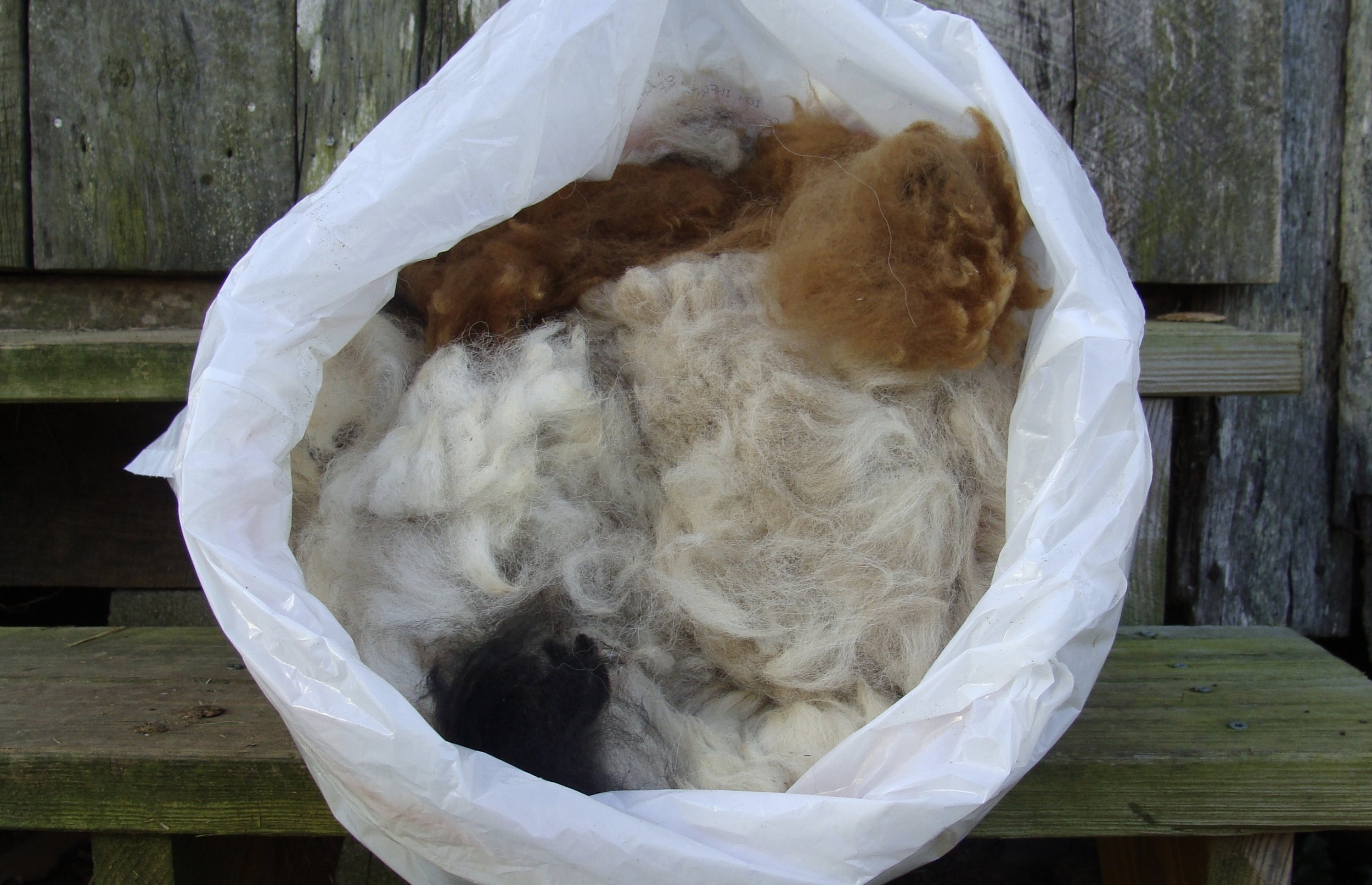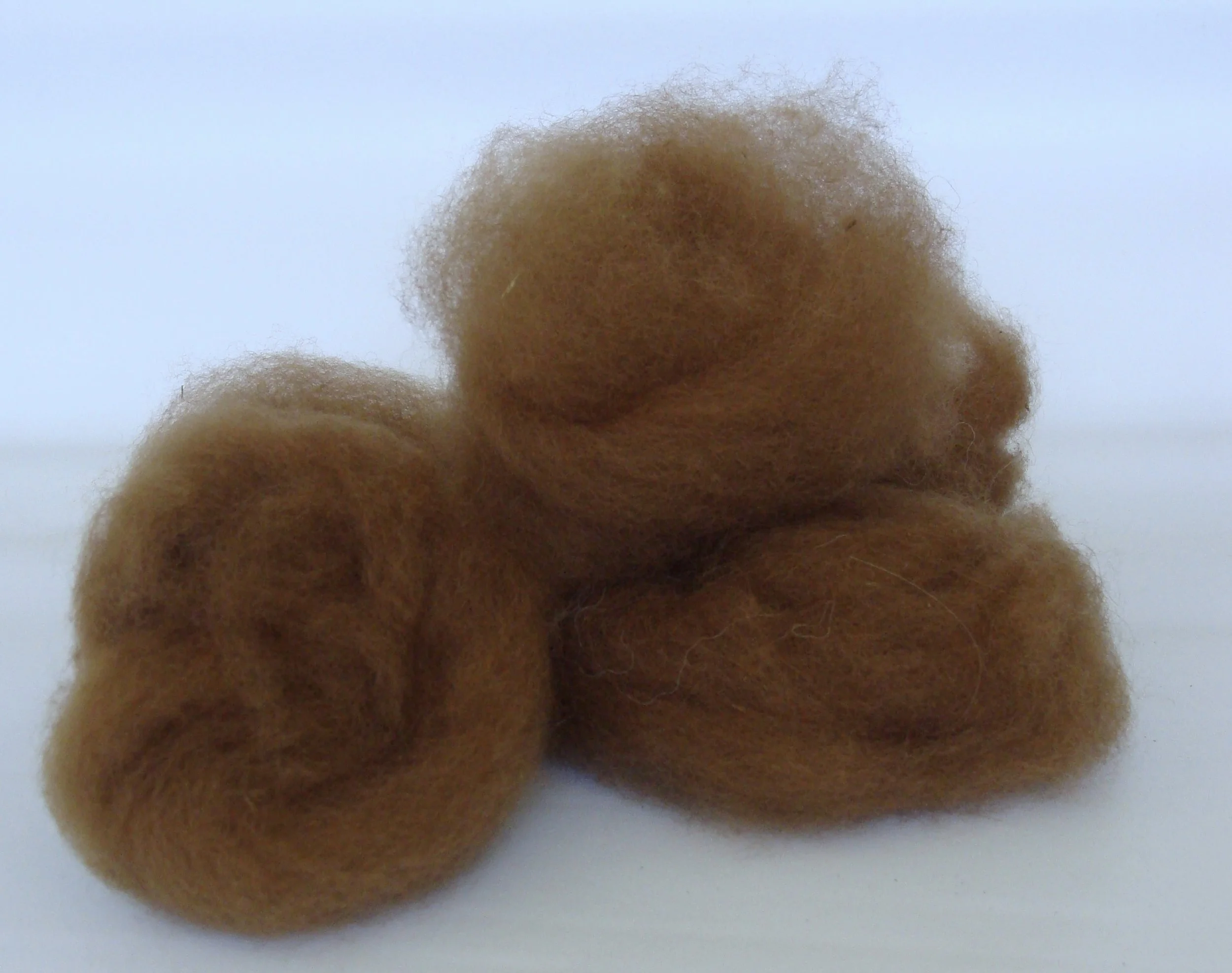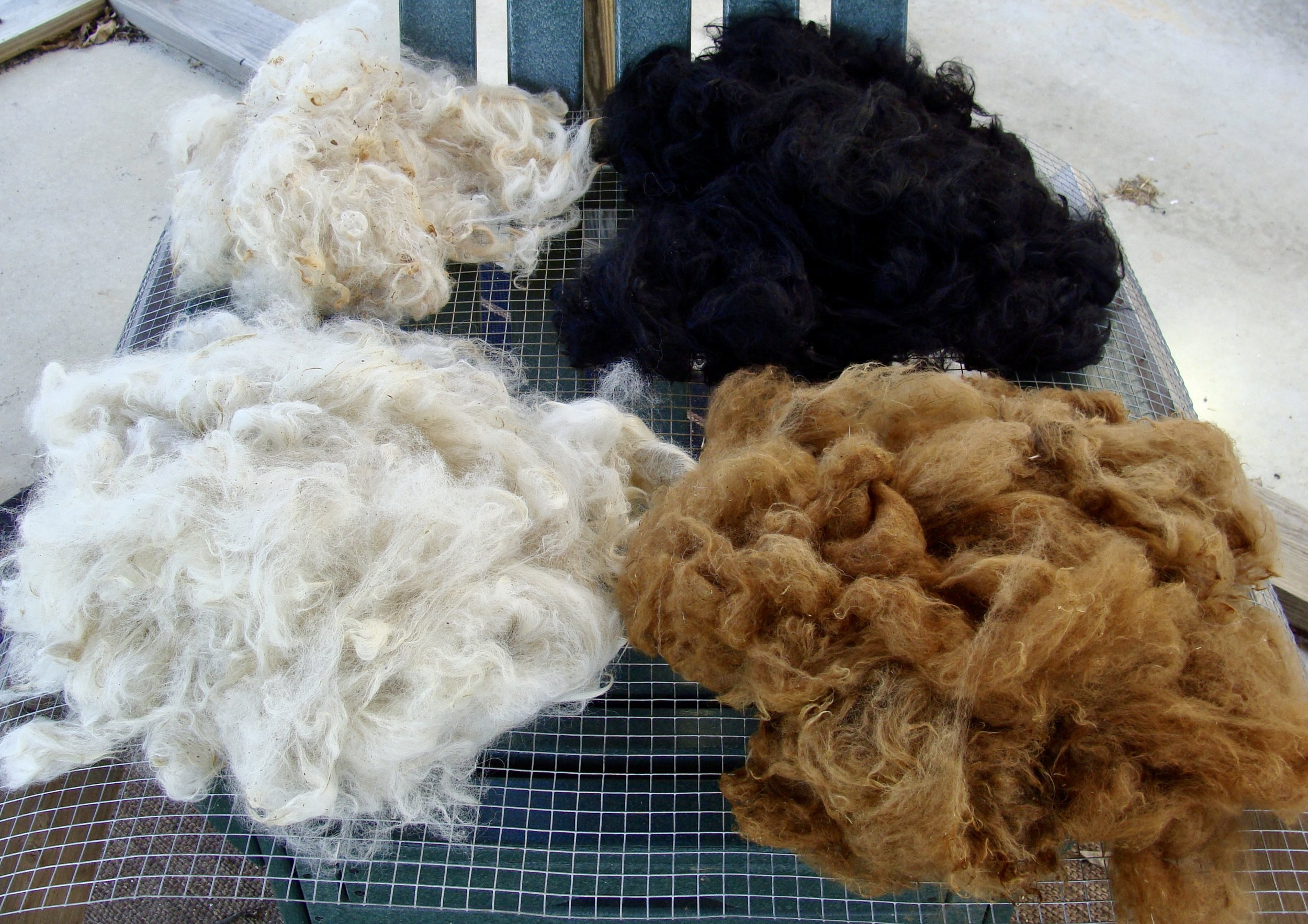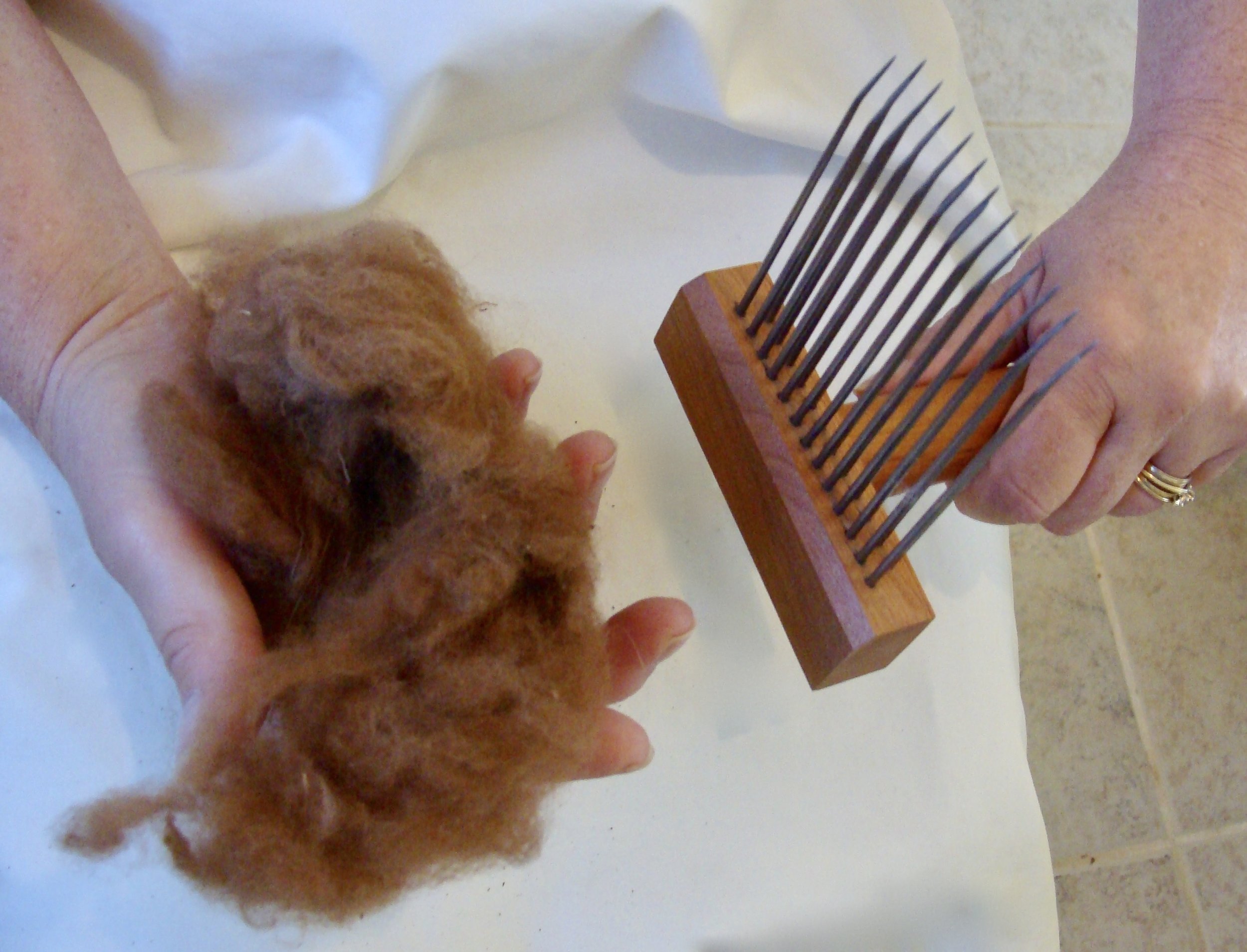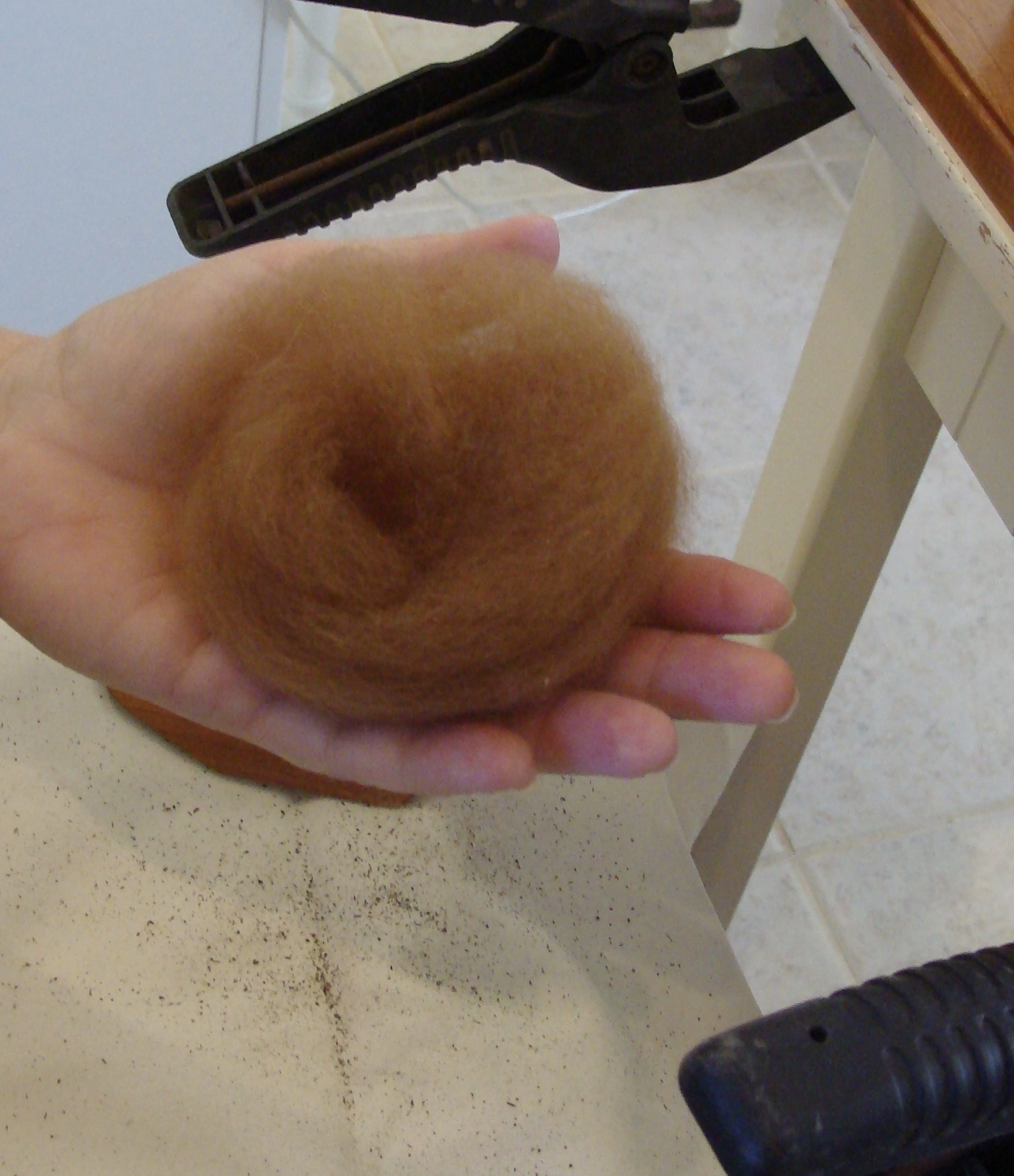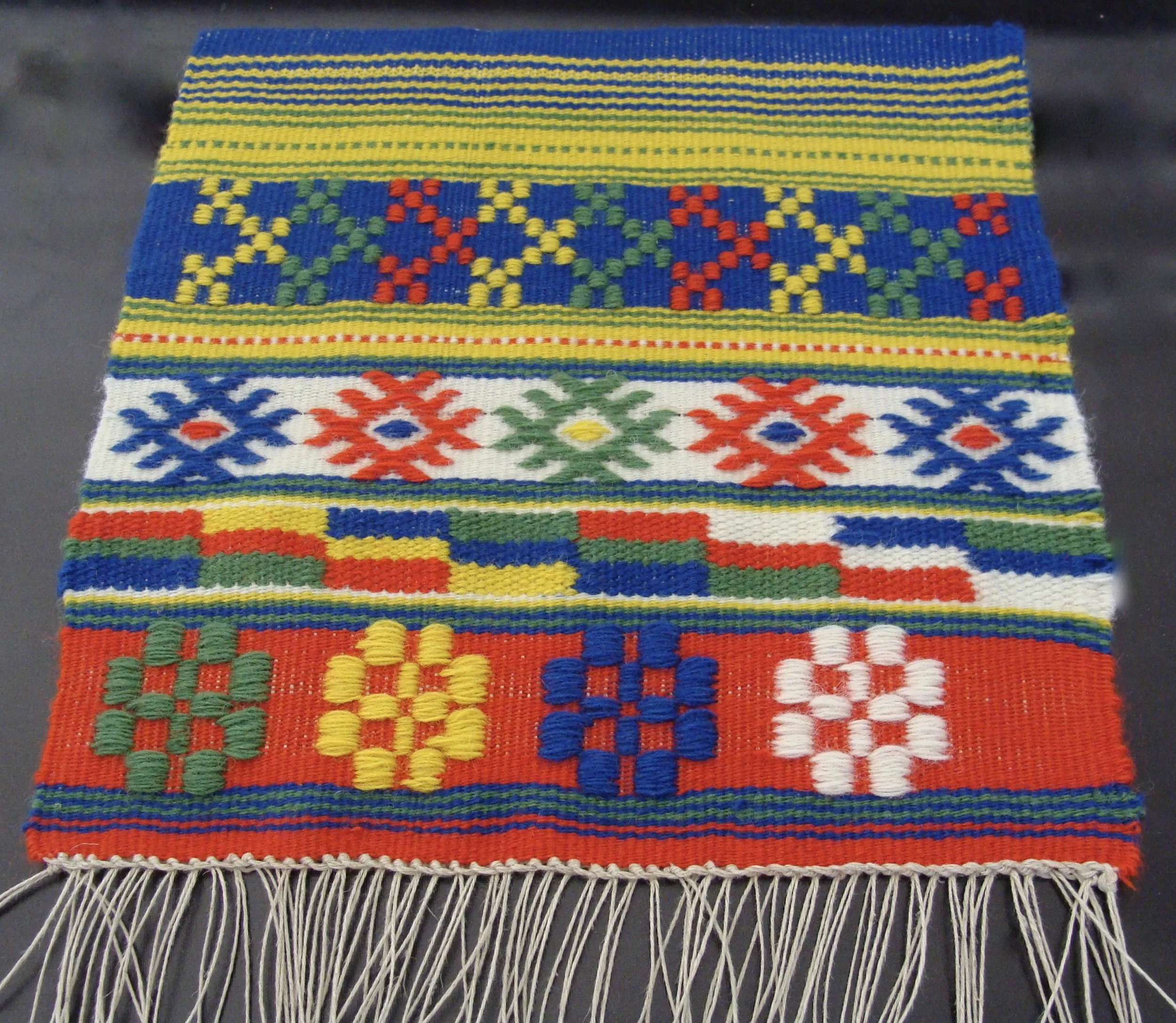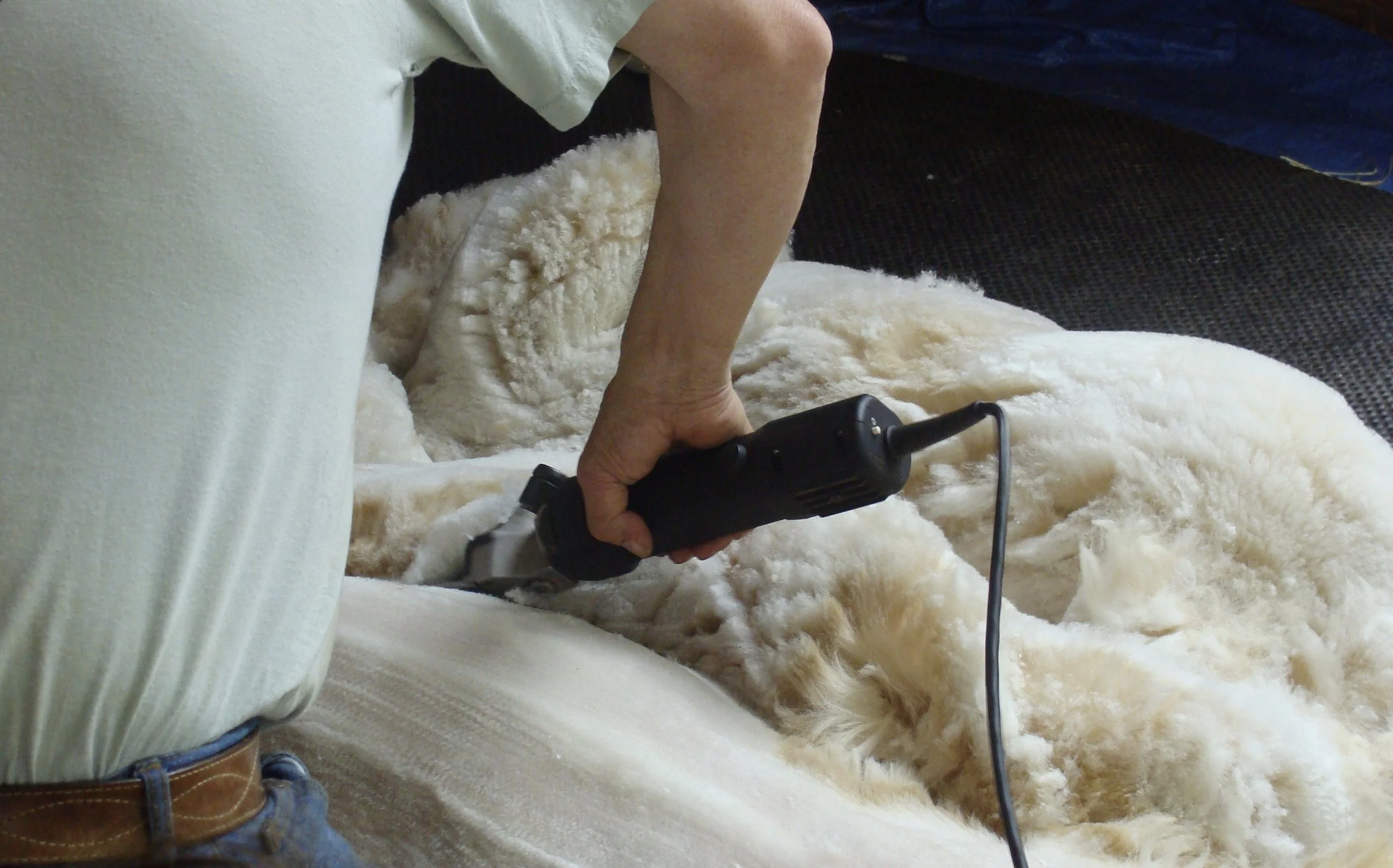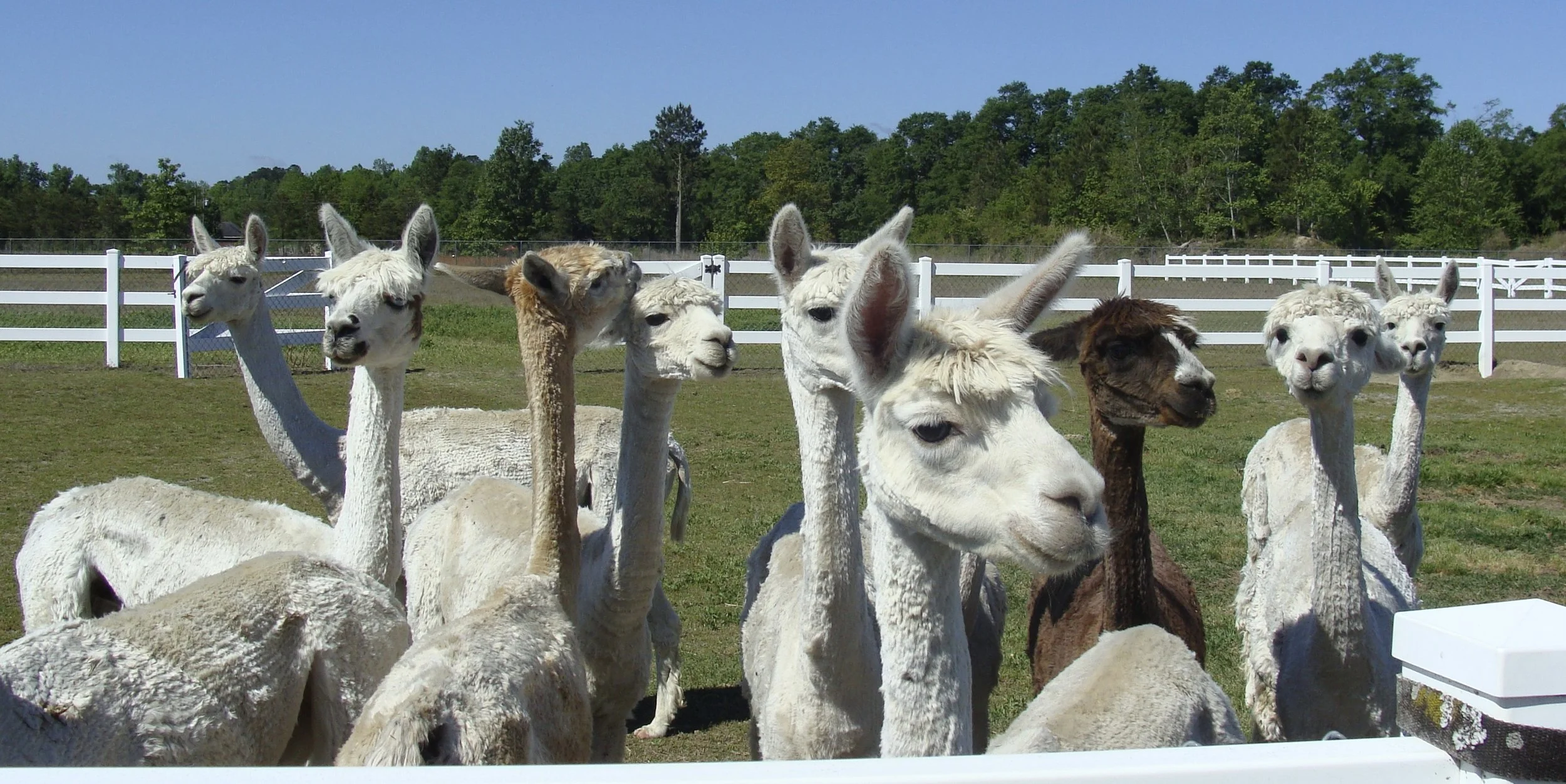Alpaca Fleece . . . Now What?
A dear friend and fellow fiber enthusiast generously gifted me about 2 1/2 pounds of raw alpaca fleece in 3 colors - black, white, and cinnamon brown. A spinner's treasure trove! So how do you get from this wonderful bag of fluff to . . .
. . . this luxuriant alpaca top ready to spin?
There are a gazillion ways to go about this - just this week I've come across more than a dozen methods in reading Facebook groups and email newsletters delivered to my inbox. That doesn't include the fiber art magazines, reference books and websites I regularly peruse. It is easy to be overwhelmed on deciding what method to use.
When I first started Flora & Fiber, I posted my intent:
to offer a simple, fun approach to preserving and creating handcrafted traditions. My desire is to provide inspiration, education, and products that spark others to pursue their own creative passions.
So with that goal in mind, I've sifted through myriads of recommendations and present the method I used. That is not to say other opinions aren't right, I'm just sharing what worked for me. It meets all my criteria of simple, fun, and a great end result!
I prefer to work with a clean fleece. Some methods don't wash alpaca fleece because, unlike sheep, alpaca does not have lanolin which can be sticky when spinning. Although my fleeces weren't visibly dirty, it's amazing how much VM (vegetative matter such as dirt, hay, poop, etc.) continued to be removed throughout all the processing steps.
I decided to work in 4 ounce quantities. I weighed out approximately 4.4 ounces of each color; allowing for about 10% waste discard from VM and broken tips.
I placed each of these in separate zippered mesh laundry bags. I also processed two ounces of a cream alpaca fleece I purchased at SAFF (Southeastern Animal Fiber Fair) a year or so ago.
I decided to wash the alpaca in my washing machine - it was probably no dirtier than washing Pete's and my work clothes which contain the same VM mentioned above! I filled the machine tub about 1/2 full with water on the hot setting (our hot water heater is set on 130F). To this, I added a little less than 1/4 cup of Dawn, mixing it around gently, not making suds. I added the mesh bags of alpaca, holding each under until the air escaped and they submerged. I allowed the alpaca to soak (not agitate) for 20 minutes then I set to drain and spin only (no rinse water).
I removed the bags of fiber and wiped out the bottom of the washer tub. Leaving each fleece in the bags, I tossed them gently by hand to fluff up the fibers. I repeated the same wash process as above, this time with just a few squirts of Dawn. Again, after spinning with no rinse water, I removed the bags of fiber, fluffed them, and wiped out the bottom of the washer tub.
Finally, I placed the bags of fiber back into the washing machine and added just enough hot water to cover (no soap) and immediately spun out the water. This was repeated two more times until the bottom of the washer had no residual dirt.
Very easy! No felting! Just nice, clean alpaca fiber!
I dried the clean fiber outside on a panel of 1/2" hardware cloth that we already had here at the farm. Not in direct sunlight, the fiber dried under our covered porch in a couple of hours. I gently fluffed and turned the fiber while drying, picking out any remaining large pieces of VM, matted fiber, and broken lock tips.
I decided to process the fleece by combing. The combing process not only removes remaining VM and shorter bits of fibers, but aldo aligns the fibers for easier spinning.
The frightening looking tool above is really not something I pulled out for Halloween, but rather my St. Blaise combs. Although, interestingly, their naming does originate in a rather gruesome history.
Trivia Moment
In 316, the governor of Cappadocia and of Lesser Armenia, Agricola, arrested then-bishop Blaise for being a Christian. On their way to the jail, a woman set her only son, who was chocking to death on a fish bone, at his feet. People often turned to Saint Blaise for healing miracles.
Blaise cured the child, and though Agricola was amazed, he could not get Blaise to renounce his faith. Therefore, Agricola beat Blaise with a stick and tore at his flesh with iron combs before beheading him.
Saint Blaise is often depicted holding steel combs; his name connected to the way he was martyred. The similarity of the steel combs and wool combs contributed to Saint Blaise becoming known as the patron saint of wool combers and the wool trade.
I lash on (attach) by pulling the fiber over the tines; catching just the ends. Layer the fibers until they cover about half the height of the tines.
Notice my knuckles are perpendicular to the sharp tines to prevent injury.
Keeping the comb in my left hand stationary, I begin smoothly passing the second (empty) comb through the tips of the fiber; moving away from, NEVER towards me (don't want to end up like St. Blaise). With each pass, I work closer to the tines of the stationary comb, transferring fibers to the moving comb. If static starts to make the fibers fly-away, I spritz lightly with a little water from a spray bottle.
I continue combing in this manner, reversing hands on the combs so that I comb and transfer the fibers from the full comb to the previously stationary comb.
I comb until the fibers are aligned, free-flowing, and most short fibers are removed. This is subjective, best summed up as "to your liking"; usually three or four transfers prepare the fibers well.
See all the specks on my lap cloth? That's very fine VM falling out of the fiber as it is combed.
Now, it's time to doff (remove) the fiber from the comb. I spread out the compacted fibers on the back of the comb to make this easier.
I secure the comb, tines up, in its mounting station.
I pull a bit of the fiber tips to a point.
A diz is a small, round, concave tool with a hole in the center through which combed fibers are pulled guiding them into an even diameter top. Top is a continuous strand of uniform fibers arranged parallel to each other that allows for ease in spinning a very smooth yarn.
A small hook catches the fiber "point" and the fiber is pulled out through the hole in the diz.
I pinch the fiber near the diz between my thumb and first finger, pulling it out roughly the staple length. You'll see when the fibers start to separate. At this point, slide the diz up toward the comb again and continue to pull more fibers through the diz.
Pulling the fibers through the diz is probably the most difficult part of this entire process. It is an action that just requires some practice.
Repeat pinch, pull, drop until there are only shorter fibers and/or small noils or tangles left on the comb.
I wrap the strand of top around my hand to form a little nest; stuffing the last bit into the center of the "ball".
I wish you could reach through the screen and touch the heavenly softness of this feather light nest of alpaca!
After the first combing, the remaining fibers tend to be shorter and more jumbled. To separate any remaining tangled long fibers from debris, I re-comb by repeating the combing process a second time. I'm usually rewarded with another, albeit smaller, nest of top.
After the second combing, the residual fiber can’t be put through the combs again with much success, but it can be carded to make a different preparation called roving. Roving can also be spun yielding a different type of yarn.
I took the remaining fiber and carded it on my drum carder. The carding process is excellent for blending things together. I combined it with the residual fiber from combing the other alpaca fleece colors to make these heathered preparations.
This is a photo of fairgoers watching me demonstrate this carding process at the SC State Fair.
A shout out to the wonderful ladies of our guild, the Carolina Spinners, Weavers, and Knitters Guild. They provided a day long demonstration of the entire fiber process from fleece preparation through the finished items at this year's Fair!
Speaking of the Fair, I won a blue ribbon for my handwoven overshot scarf.
And even more exciting, not only did Pete win two blue ribbons, but he won Best in Show for his dessert wine!!!!
I hope you enjoyed this post! I plan to follow in the future with more on the carding and eventual spinning of the two alpaca preparations. Stay tuned!
ADDENDUM (3-21-20)
I’ve written an Instructable (a step-by-step how to) that takes information from this blog post and also from several other posts that I’ve written about the prepping, spinning, dyeing, weaving, and knitting with alpaca. I’ve gathered that information and published the Instructable ‘Alpaca Fleece . . . Now What?’.
Here are the related Alpaca blog posts:




